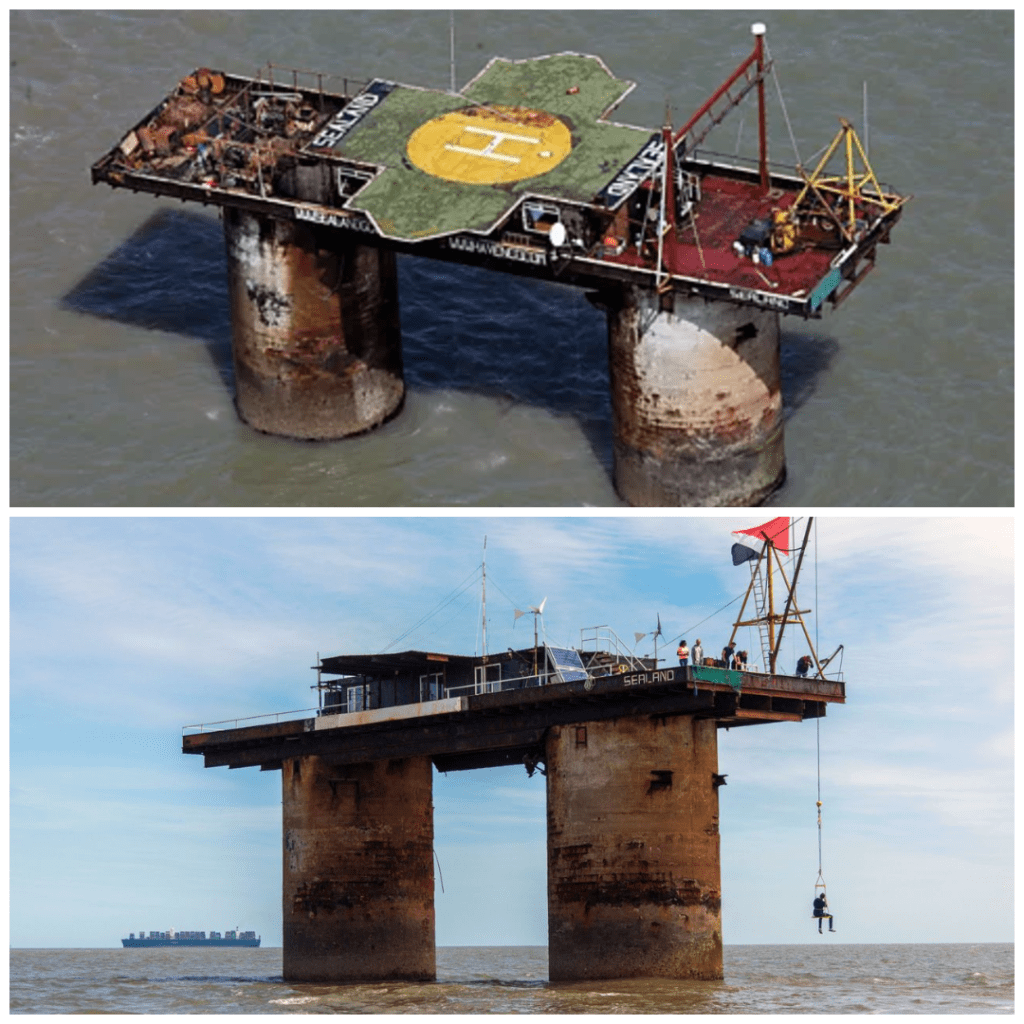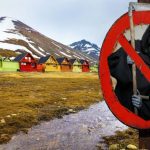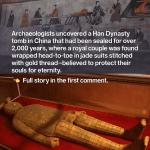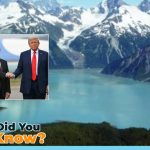How a Tiny Sea Fort Off the Coast of England Declared Itself a Nation — And Somehow Still Exists Today
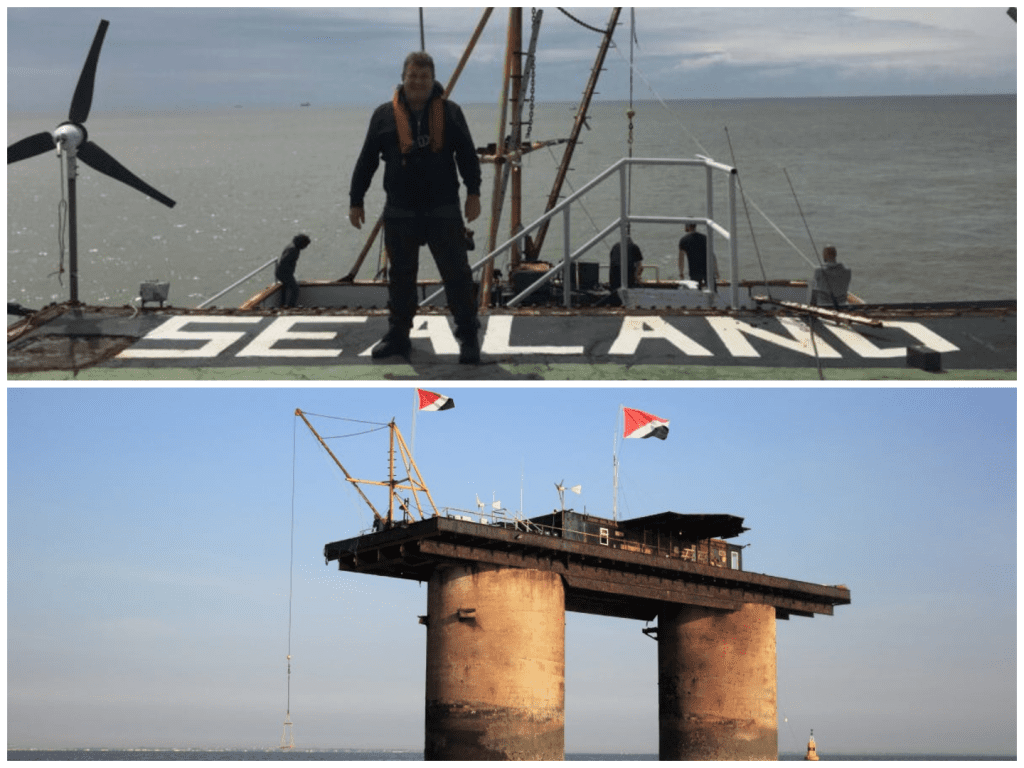
Just off the coast of southeastern England, past the choppy gray waters of the North Sea, stands something that looks more like a rusted oil rig than a country. Two towering metal legs rise out of the water, supporting a flat concrete platform that’s barely the size of a tennis court. From a distance, it seems abandoned — the kind of place you’d expect birds to claim, not humans.
But believe it or not, this strange sea fort is Sealand, a self-declared micronation that’s been calling itself a country for more than 50 years. It has a flag, a royal family, a national motto (“E Mare Libertas,” meaning From the Sea, Freedom), and even its own passports. And while no government officially recognizes it as an independent nation, Sealand still exists — still stands — and still claims sovereignty.
How did this happen? Why does it still exist? And who on earth would try to create a country in the middle of the sea?
Let’s rewind to the 1940s. Sealand began its life as HM Fort Roughs, a British military platform built during World War II to defend the coast against German air raids. The structure wasn’t on land — it was built on steel-reinforced concrete pillars out in the sea. After the war ended, the fort was abandoned, left to rust and disappear like so many other relics of war.
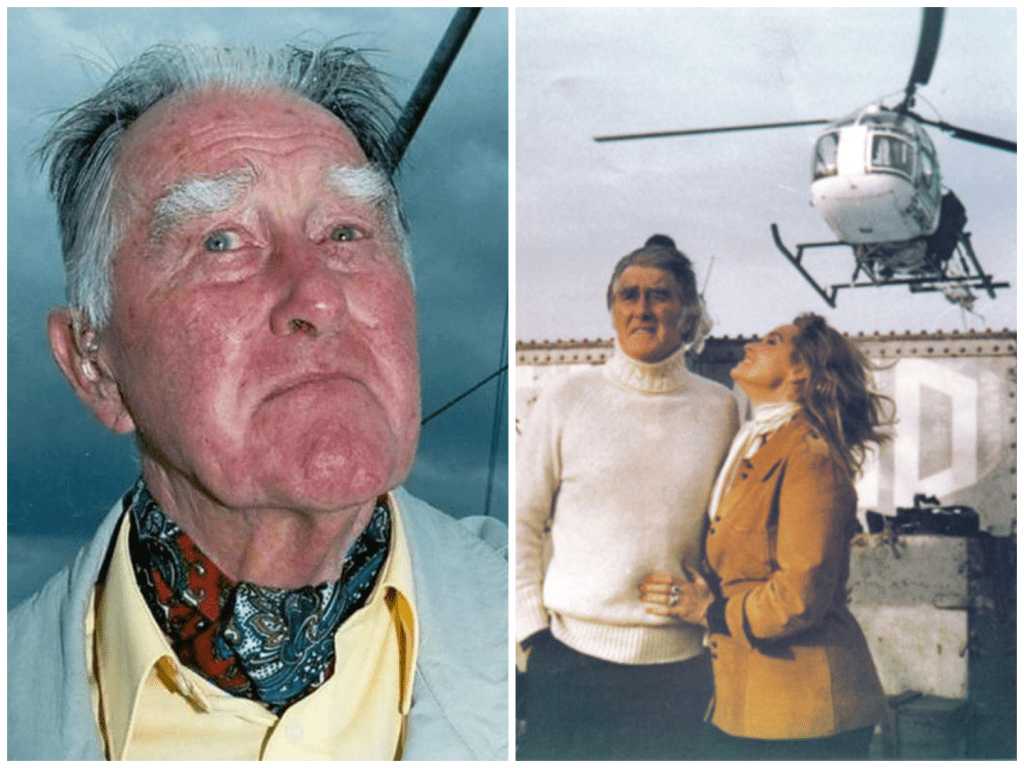
But in 1967, a man named Paddy Roy Bates came along and changed everything.
Roy wasn’t a soldier or a diplomat. He was a former British Army major turned pirate radio broadcaster — someone who ran illegal radio stations from offshore ships, back when British law banned commercial broadcasting. He needed a place out of reach from the government, and HM Fort Roughs was just outside the UK’s territorial waters at the time. So he moved in.
What started as a rebellious broadcast site quickly turned into something far more ambitious. On September 2, 1967, Roy Bates declared the platform an independent nation. He named it the Principality of Sealand, declared himself “Prince Roy,” and even designed a coat of arms. His wife, Joan, became “Princess Joan.” From then on, they weren’t just squatters — they claimed to be royalty.
At first, the British government tried to intervene. They sent officials out, but Roy pushed them back. At one point, warning shots were even fired when a boat approached the platform without permission. Surprisingly, the UK government didn’t escalate things. Since the fort was just beyond territorial waters at the time, they basically shrugged and left him alone.
And so Sealand stayed.
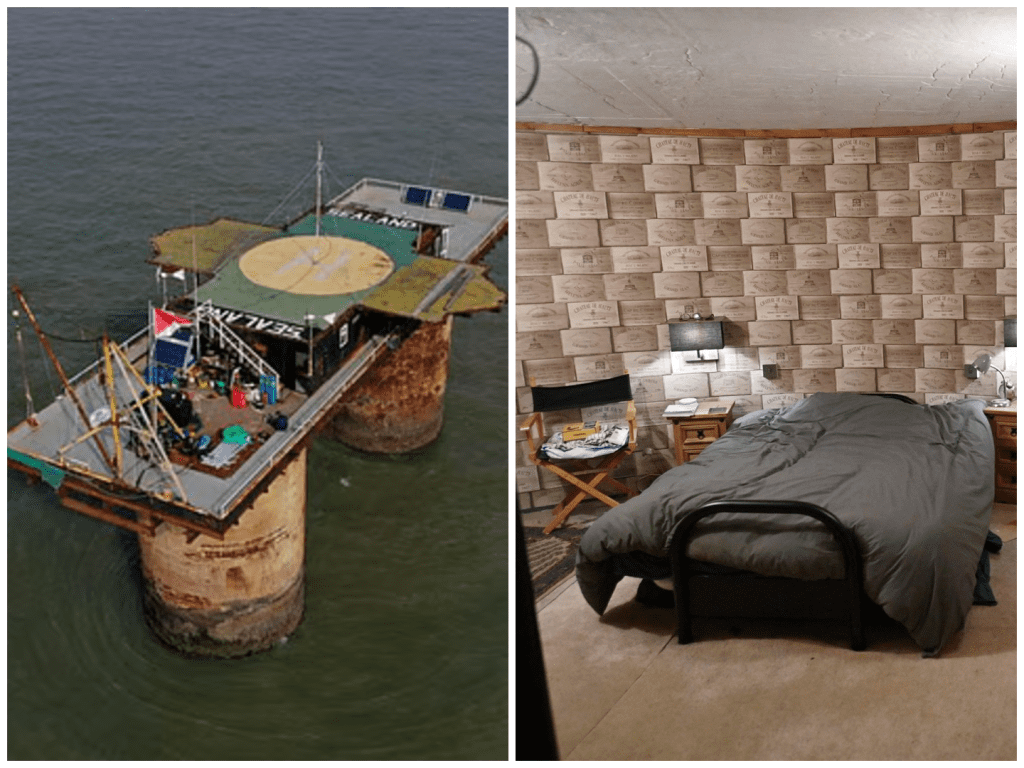
It wasn’t just a fun stunt, either. The Bates family lived there. Their son, Michael Bates, grew up defending the platform, maintaining it, and helping his father keep it alive. There were moments of real tension. In 1978, the platform was even invaded by a group of men who tried to take over — yes, a literal armed takeover of a floating sea fort. Michael Bates fought back, retook the fort, and captured the intruders. Later, they were released.
What’s so fascinating is that even after all these decades, Sealand still hasn’t disappeared. Today, it’s run by Michael Bates, who now calls himself Prince Michael. He doesn’t live there full-time anymore, but he oversees the operation from the mainland. And yes, Sealand still sells passports, noble titles, and even official Sealand merchandise through its website — often to curious travelers, micronation fans, and people who just want a story to tell.
The platform itself is incredibly small — it’s only about 6,000 square feet of living space. That’s roughly the size of a medium-sized grocery store. There’s no soil, no trees, no traffic. Just sea, wind, and a concrete floor. Getting there isn’t easy, either. You need a boat and calm seas, and you often have to climb a swinging rope ladder to get on board. It’s not a luxury destination.
But for some, that’s the magic. Sealand feels like the ultimate symbol of independence — of carving out your own place in the world, even when the world doesn’t accept it. It’s been featured in documentaries, books, and even memes. On Reddit, people have joked about “moving to Sealand” whenever politics get too messy. Others have called it a “real-life supervillain lair,” while fans on TikTok say it’s like something out of a movie.
Sealand has become something bigger than itself — not just a tiny country, but a symbol of wild, improbable persistence.
And even though it’s never been officially recognized by the United Nations, it’s had brushes with legitimacy. In 2000, it was offered millions by a tech company that wanted to turn it into a data haven, like a floating, offshore server farm free from regulation. The deal didn’t go through, but it sparked new interest. People began asking: Could Sealand actually have a future?
Today, Sealand mostly exists as an idea — a mix of fantasy, determination, and salt-rusted steel. It’s not a tourist hotspot. You can’t just book a weekend stay. But it’s real. And it’s still there, quietly standing in the sea, waving its red, white, and black flag in the wind.
Most people will never visit. Many still don’t believe it exists. But for the Bates family and the few who’ve made the trip, Sealand is more than just a platform. It’s a reminder that sometimes, the strangest stories are the ones that last the longest.

Lena Carter is a travel writer and photographer passionate about uncovering the beauty and diversity of the world’s most stunning destinations. With a background in cultural journalism and over five years of experience in travel blogging, she focuses on turning real-world visuals into inspiring stories. Lena believes that every city, village, and natural wonder has a unique story to tell — and she’s here to share it one photo and article at a time.
